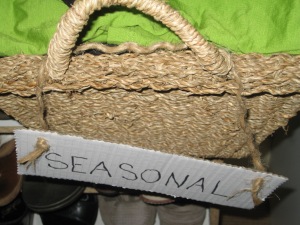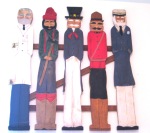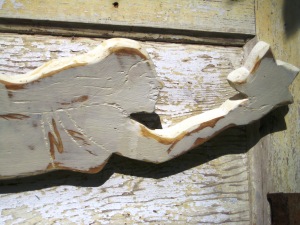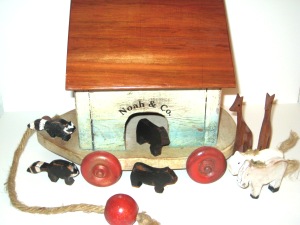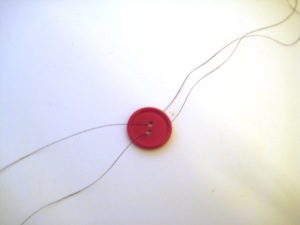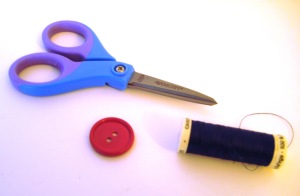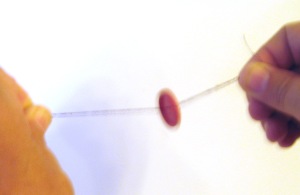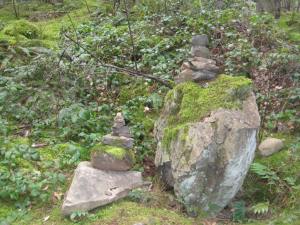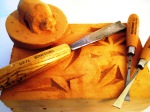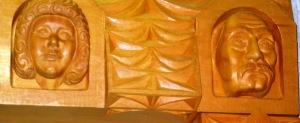I received a compliment from a friend the other day on the outfit I was wearing.
When she asked where I got it I replied “I shopped my closet”.
My friend asked where this shop was located and I repeated to her that what I was wearing came from my closet and that I had just “shopped my own closet”!
I explained further that I was not working much these days, basically just delivering some part time Training. I was transitioning into retirement mode and trying to cut back on spending and part of my restraint program involved a personal challenge to stop buying unnecessary clothing.
I have always loved fashion and take great pleasure in shopping for clothes. The result was a closet bulging with so many items I had a tough time finding ‘anything to wear’!
New items would be purchased and added to the already overflowing closet and although I did on rare occasions clear out that which I didn’t fit or wear much I knew that I had more than enough to wear without buying more.
Shopping, although fun and therapeutic at times, had become a costly habit for me!
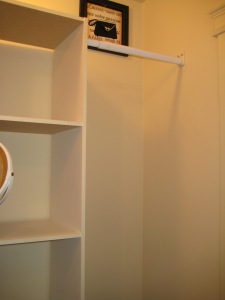 My closet is not large and yet it isn’t too small either and I knew it wasn’t more space I needed.
My closet is not large and yet it isn’t too small either and I knew it wasn’t more space I needed.
I needed to organize the space I already had.
Organizing my closet space would aid my motivation to ‘shop my closet’ instead of a store.
I devised a plan to clean out my closet and organize it in a way that I could clearly see and find outfits that I actually wore.
In the past I had thought about removing seasonal clothes however it seemed like too much work at the time. In spite of this I started with the removal process and I eventually removed EVERYTHING with the intention of only putting back what I actually wore regularly!
Having freed up some space allowed me to spread out my outfits and be able to clearly see what I had available to wear. I tried on everything and if the buttons were bulging or the waistline too tight they were sent off to the Thrift Shop. Interestingly, I did not come across any items that were too loose, just too tight!
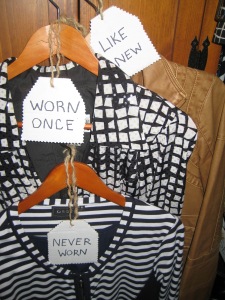
I found things that I had forgotten I had. I discovered ‘shamefully’, outfits I had never worn.
I had more than enough to wear and the best things were jammed in where I couldn’t even see them!
So now that I have completed this mountainous task I can ‘shop my closet’ and revisit items that are like new.

So take a peek in my closet and think of me the next time you say
“I have nothing to wear” and consider “shopping YOUR closet”!

